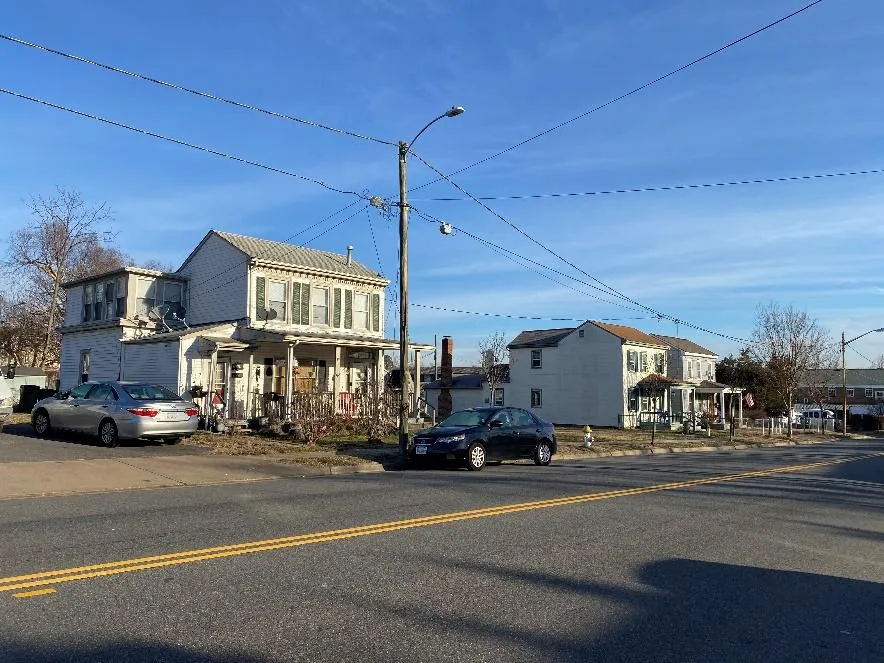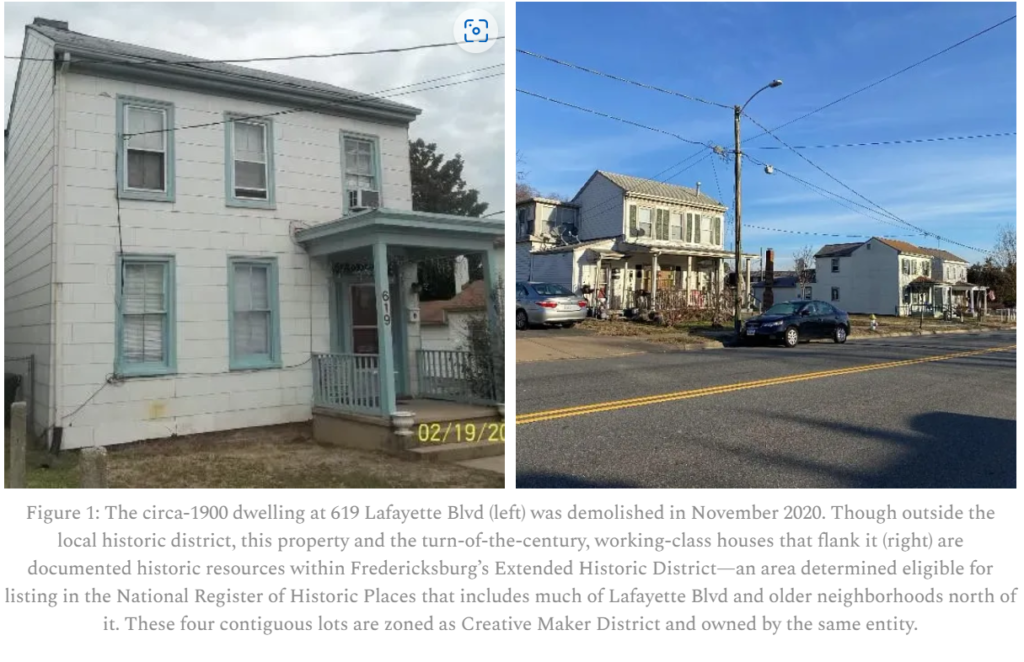
by Danae Peckler, HFFI Preservationist
GUEST WRITER
We all support increasing the supply of housing within Fredericksburg city limits. We just don’t have much of a shared understanding about what that growth will look like—what types of new housing is best suited for which locations or what kind of benefits and trade-offs are expected in those places.
Our city is not alone in grappling with the current housing crisis and this is not the first time local residents have voiced concern about rapid growth’s impact on the community; shown interest in preserving the character of their neighborhood; and struggled with the rising cost of housing.
A look back at vision statements, goals, planning documents, and action plans produced by our elected leaders and professionals on City staff over the last two decades reveals a consistent dialogue about Fredericksburg’s future with the simultaneous desire to grow AND preserve this community.
It is widely acknowledged that the most “affordable” housing units are within older, smaller buildings on smaller, narrow lots. Densely developed from the start, these spaces are essential, critical components of a city’s housing stock—yet they are also at the highest risk. The last 30 years or more across Virginia, areas with increasing development pressure saw these older resources become soft targets for neglect and demolition as profit margins from newer, bigger buildings rose.
In the last decade, several less “historic” and “attractive” houses have disappeared around town. Perhaps you have noticed one or two?

Some people say that is “the way of things”—older smaller buildings should be sacrificed for progress. Short-sighted and wasteful, this thinking has eroded the historic fabric and collective memory of many American cities.
Fredericksburg’s existing residential resources—in and out of the historic district—are the most vital and affordable components of our housing stock. What kind of support is available for individual property owners and smaller-scale real estate investors who wish to maintain and significantly rehabilitate these assets?
A June 2023 report produced by a nationally recognized expert compiled nearly a dozen ways the City of Fredericksburg could incentivize the preservation of our built environment—none of which place any restrictions on property owners or City staff.
So if we, as a locality, are going to change the rules in support of new housing construction, why hasn’t the City Council moved with equal speed to encourage and support those seeking to preserve and update our existing stock?
We hope that our elected representatives will join HFFI and engage whole-heartedly in the thought-provoking dialogues occurring throughout the Preservation community, particularly at the local level. Because we can all agree that Fredericksburg should do as much as we can to promote the preservation and rehabilitation of its most affordable, most sustainable, and most culturally diverse housing type.




